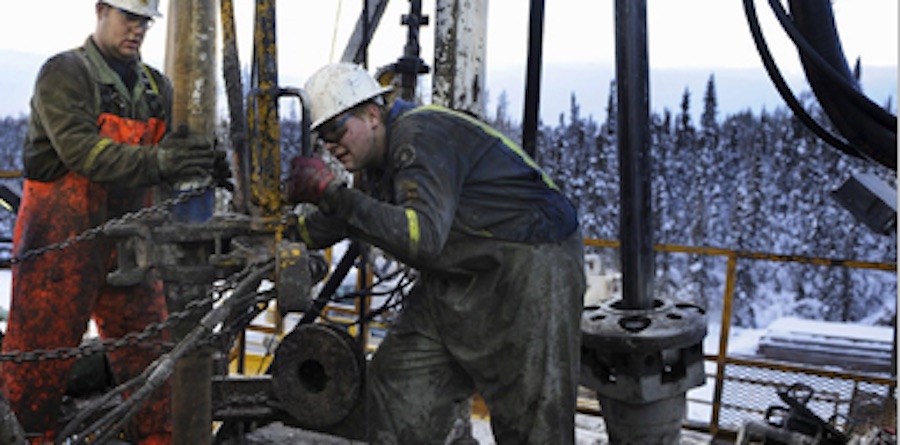
Statoil ASA, (NYSE:STO) the Norwegian-owned oil and gas major, does not believe it has a future in the Canadian oil sands.
Citing concerns over profitability, the company said Wednesday it will sell its Kai Kos Dehseh (KKD) assets in the Alberta oil patch to Athabasca Oil (TSX:ATH) and take a loss of at least $500 million.
The deal with Athabasca Oil involves two oil sands leases, a 24,000 barrel a day test project and a greenfield facility which was expected to produce 40,000 barrels a day, which Statoil shelved in 2014.
“This transaction corresponds with Statoil’s strategy of portfolio optimization to enhance financial flexibility and focus capital on core activities globally,” Statoil said in a statement. Through the sale, a cash and share transaction totalling CAD$832 million, Statoil will earn a 20% stake in Athabasca Oil. But the divestment will also trigger an impairment of between USD$500 million to $550 million.
The deal with Athabasca Oil involves two oil sands leases, a 24,000 barrel a day test project and a greenfield facility which was expected to produce 40,000 barrels a day – the latter of which Statoil shelved in 2014.
The Norwegian oil company entered KKD through the acquisition of North American Oil Sands Corporation in 2007. In 2011 PTTEP acquired a 40% interest, and in 2014 Statoil and PTTEP agreed to divide their respective interests in KKD. Since then, Statoil has continued as owner-operator of the Leismer and Corner projects.
Statoil, of course, is not the first European company to scale back investments in the Canadian oil sands, which have been hit hard by the crude oil price collapse. France’s Total SA (NYSE:TOT) shelved its Josyln project in 2014, and also divested some of its interest in the $13.5 billion Fort Hills facility to Suncor (TSX:SU).
Last year Royal Dutch Shell (LON:RDSA) pulled the plug on the development of its Carmon Creek thermal oil sands project and took a $2 billion charge as a result.
American companies are also taking a hard look at the oil sands. In October, Exxon Mobil (NYSE:XOM) said it would have to cut its oil reserves by 19%, including removing 3.6 billion barrels from its books, from the Kearl oil sands project in northern Alberta.
Even with prices climbing above $50 a barrel, oil sands producers are challenged by high upfront capital costs – making new projects difficult -, new carbon emissions regulations and limited access to pipelines, which forces companies operating in Canada to accept lower prices for their products.
“Since we entered the oil sands in 2007, our portfolio has changed and also the energy markets have shifted quite fundamentally since then,” Paul Fulton, Statoil’s country president, told The Globe and Mail. “We’ve seen a decline in the oil price, and Statoil has a broader portfolio of assets that it needs to allocate its capital to.”